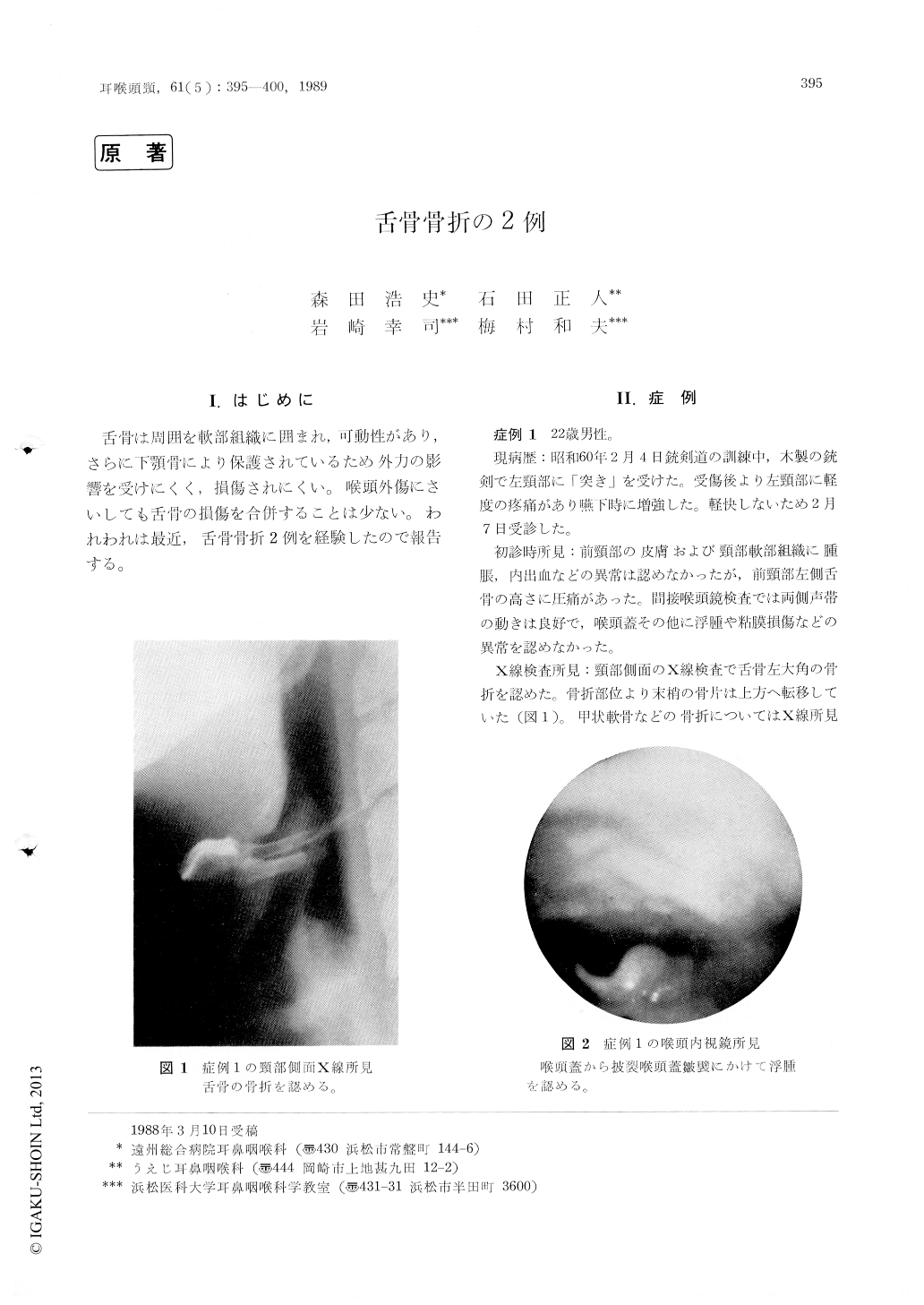- 著者
- 森次 幸男 水野 裕久 柴 英幸 今野 浩一 岩崎 幸司
- 出版者
- 一般社団法人 日本医薬品情報学会
- 雑誌
- 医薬品情報学 (ISSN:13451464)
- 巻号頁・発行日
- vol.22, no.2, pp.59-82, 2020-08-31 (Released:2020-09-18)
- 参考文献数
- 9
Objective: The purpose of this survey was to identify the roles, organizational structure, responsibilities, recruitment, skills, performance indicators and future trends of Medical Science Liaisons (MSLs). In addition, we compared the trend of changes with past surveys.Method: We contacted 52 pharmaceutical companies with a questionnaire survey on MSLs which included 28 items and analyzed the anonymized results using a web response system in Japan.Results: Responses were received from 40 companies (76.9%). The range of MSLs in each company was 0 to 80, the average number for companies withone or more MSLs was 23.6 (median was 13.0). Except for one company, the definition of “MSL” was generally the same. Except for one company, MSLs operated independently of the sales promotion activities. One MSL was responsible for an average of 21 Key Opinion Leader/Key Thought Leaders (KOL/KTL). The key performance indicators (KPI) for MSL activities mainly focused on quantitative indicators such as the number of information collections from KOL/KTL. On the other hand, qualitative indicators were also incorporated suchas feedback from KOL/KTL. “Knowledge of clinical medicine” and “Communication skills” were necessary skills for all companies. 41.9% of companies had an in-house certification program. Some companies will retain and/or decrease the number of MSLs in the future. MSLs were required to have advanced medical expertise as well as medical professional qualifications, and it was confirmed that there are various options for career plans such as MA, R&D, and promotional departments. No matter what the MSL’s therapeutic area (TA), many companies had high expectations for their activities.Conclusion: The current status of expected mission and responsiblities, KPI, size and career plans for MSL were revealed. Companies want MSL’s to play a central role in the inplementation of medical strategies and contribute to internal and external stakeholders.
2 0 0 0 舌骨骨折の2例
2 0 0 0 OA 医薬品開発におけるハイリスクハイリターンのビジネスモデルの研究
- 著者
- 岩崎 幸司
- 出版者
- 一般社団法人 国際P2M学会
- 雑誌
- 国際プロジェクト・プログラムマネジメント学会誌 (ISSN:24329894)
- 巻号頁・発行日
- vol.2, no.2, pp.79-88, 2008-03-14 (Released:2017-10-18)
新薬開発は10年以上の長期間にわたり数百億円を先行投資するにもかかわらず、成功確率は1%以下の典型的なハイリスクハイリターンのプロジェクトである。国際P2M学会(IAP2M)製薬研究会では、これにP2Mのプログラムマネジメントを適用することにより、成功確率を向上させ企業としての国際競争力を向上させることを目指して2006年2月から検討を進めてきた。今回は、医薬品開発の特殊性を解説したうえでP2Mのプログラムマネジメントの概念を適用することを考え、アーキテクチャマネジメント、プロジェクトの経済性評価、製品プロファイルとリスク管理、資源調達マネジメント及びプロジェクトマネジャーの資質について考察しているので、その中間結果を報告することにより議論の材料を提供したい。
- 著者
- 森次 幸男 水野 裕久 柴 英幸 今野 浩一 岩崎 幸司
- 出版者
- 一般社団法人 日本医薬品情報学会
- 雑誌
- 医薬品情報学 (ISSN:13451464)
- 巻号頁・発行日
- vol.20, no.3, pp.156-172, 2018-11-30 (Released:2018-12-08)
- 参考文献数
- 5
Objective:The purpose of this survey was to identify the roles,responsibilities and skills of medical science liaisons(MSLs) in Japan. In addition,we compared to the prior survey results in 2011,2013 and 2015.Method:We contacted 47 pharmaceutical companies with a questionnaire survey on MSLs which included 22 items and analyzed the anonymized results using a web response system.Results:The total number of MSLs increased compared to prior surveys(ranged from 0 to 110). Many companies need MSLs with medical professional qualifications and sophisticated medical expertise. The roles and responsibilities MSLs were expected to perform included managing thought leaders(TL)and/or key opinion leaders (KOL)and implementing medical strategies. On the other hand, issues reported included management of MSLs and cooperation with other stakeholders in the company,and a still low level of recognition of MSLs.Conclusion:The roles of MSL are diverse,and while their activities and status are becoming established they are not yet unified across companies. It is recommended that at the earliest opportunity the roles,responsibilities and key performance indicators(KPI)of MSLs are defined,and educational programs established so that they can act as effective liaisons with medical professionals.
- 著者
- 白井 拓史 笠松 紀雄 橋爪 一光 山谷 英樹 半沢 儁 籾木 茂 佐々木 一義 岩崎 幸司
- 出版者
- 特定非営利活動法人 日本呼吸器内視鏡学会
- 雑誌
- 気管支学 (ISSN:02872137)
- 巻号頁・発行日
- vol.20, no.5, pp.414-418, 1998
- 被引用文献数
- 1
症例は35歳, 女性。他院にて昭和57年より胸部X線写真上異常陰影を指摘されており, 血尿, 鞍鼻を認めることより臨床的にWegener肉芽腫症と診断され, 経過観察されていた。平成8年3月, 喘鳴, 呼吸困難にて当院に緊急入院。気管支鏡的に著明な浮腫性声門下狭窄が認められ, 緊急的に気管内挿管を行った。気管切開を施行し, ステロイド剤および免疫抑制剤を投与した。治療により浮腫はすみやかに改善したが, 気管の瘢痕性狭窄と多発陥凹を形成し遷延化したため, ST合剤を投与したところ, 軽度瘢痕狭窄を残しほぼ改善した。声門直下部はWegener肉芽腫症のtargetであるといわれている。本例は, 臨床経過14年目に発症した気道病変の経過を気管支鏡にて追跡しえた興味深い症例と考えられたので, 若干の文献的考察を加えて報告する。
- 著者
- 岩崎 幸司 小野 勇 海老原 敏
- 出版者
- The Oto-Rhino-Laryngological Society of Japan, Inc.
- 雑誌
- 日本耳鼻咽喉科学会会報 (ISSN:00306622)
- 巻号頁・発行日
- vol.92, no.12, pp.2047-2054, 1989
- 被引用文献数
- 12 8
A total of 27 cases of salivary gland adenocarcinomas were studied from clinicopathological view point. Adenocarcinomas of the salivary gland were microscopically subclassified into 3 groups according to Luna's classification : Salivary duct carcinomas histologically resembled the ductal carcinoma of the breast, displayed nuclear atypia and had poorer prognosis than the other subclasses of salivary gland adenocarcinomas. Terminal duct carcinomas lacked in nuclear atypia and displayed a variety of growth patterns, including papillary, cribriform, tubular, and solid. Some terminal duct carcinomas showed prominent mucin-production. Epithelial-myoepithelial carcinomas had clear cytoplasms and exuberant glycogen.<br>In addition to the clinicopathological study, nuclear areas of the tumor cells were measured in each of the 27 salivary gland adenocarcinomas, and mean nuclear area (MMA) and standard deviation (SD) were calculated. The group with more than 50 um2 of MNA had poorer prognosis than the group with 50 um2 or less of MNA, and the group with more than 13 um2 of SD had poorer prognosis than the group with 13 um' or less of SD.<br>Finally, immunohistochemical study was performed against various markers including keratin, epithelial membrane antigen, lactoferrin, S-100 protein, CEA, etc., using the Avidin-biotin-peroxe idase complex method. Lactoferrin was present in most of the salivary duct carcinomas, on the other hand, S-100 protein was detected in all of the five cases of the terminal duct carcinoma investigated. But immunohistochemical study is not especially useful in distinguishing subclasses of salivary gland adenocarcinomas or investigating the origin of tumor cells.
